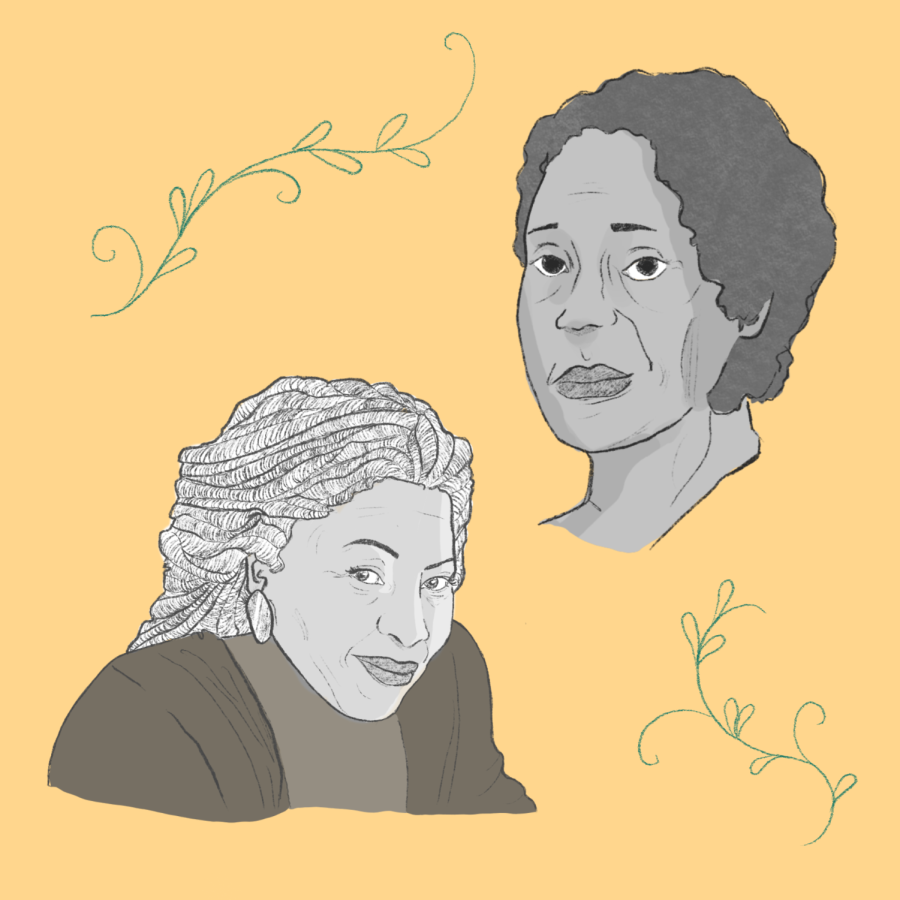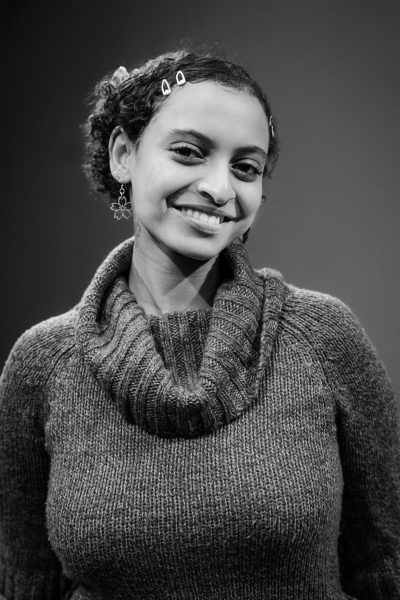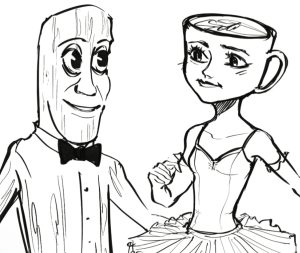Inspiratonal Black Authors You Should Check Out!
February 12, 2023
From the proliferation period of Black music, literature, and culture, known as the Harlem Renaissance, to modern Black artistry in the form of pop, poetry, art, sculpture, and fashion; Black innovation and culture encompasses and defies American values, complexities, and transcends America’s founding. One can not truly understand Blackness in America without first understanding our shaping of cultural practices, art, and identities. Here are some Black contemporary writers and a poet of the past you should look into!
Anita Scott Coleman was a Black American poet born in 1890 in New Mexico. She went on to publish nearly 30 pieces of work, establishing herself as one of the greatest literary figures of the Harlem Renaissance. Her short narratives and poetry were published in distinguished national magazines. Among her most popular works are “Black Baby’’ and “Three Dogs and a Rabbit.” She was essentially one of the first and most powerful influences on African American poetry and fiction. Her collection of work, assorted achievements, and awards capture the brilliance of Black writing and demonstrate its impact as well. My personal favorite poem of hers is titled “Black Baby”:
“The baby I hold in my arms is a black baby.
Today I set him in the sun and
Sunbeams danced on his head.
The baby I hold in my arms is a black baby.
I toil, and I cannot always cuddle him.
I place him on the ground at my feet.
He presses the warm earth with his hands,
He lifts the sand and laughs to see
It flows through his chubby fingers.
I watch to discern which are his hands,
Which is the sand. …
Lo … the rich loam is black like his hands.
The baby I hold in my arms is a black baby.
Today the coal-man brought me coal.
sixteen dollars a ton is the price I pay for coal.—
Costly fuel … though they say:
—If it is buried deep enough and lies hidden long enough
‘Twill be no longer coal but diamonds. …
My black baby looks at me.
His eyes are like coals,
They shine like diamonds.”
The baby referenced throughout the poem is a symbolic representation of Black status, the way in which Black Americans were perceived, and led to deeply instilled Black self-hatred and loathing, a character of internalized oppression. Throughout the poem, her repetition and metaphors communicate the message that although the Black baby is regarded as coal, they have the potential to be a diamond. Following the Reconstruction era, Black Americans were historically devoid of power politically and socially. Coleman’s poem serves to uplift the Black community by visualizing Black joy and embracing Black potential, which at the time was extremely radical and punishing.
Another great writer whose works have such a visceral influence on storytelling is Toni Morrison, born in Lorain, Ohio in 1931. She was a profound American writer, professor, and Nobel Prize and Pulitzer-winning novelist. Her work has garnered international success and recognition and has obtained more than 17 prodigious awards, including the Presidential Medal of Freedom and the National Book Critics Circle Award for Fiction. Last summer, I read my first novel by Morrison: Sula. I have never read a book so emotionally and descriptively intense. I could not emerge back into the real world for hours. The book is set on a hill called the Bottom: unpleasant, infertile land that rests above the valley of upper-class white society. She writes, “In that place, where they tore the nightshade and blackberry patches from their roots to make room for the Medallion City Golf Course, there was once a neighborhood.” Although the name is counterintuitive, it serves to introduce a world in which the bottom is not necessarily under the top but still represents the tendency that white privilege carries. It follows a young woman named Sula through her journey of sexual liberation and suicidal years, the power and peril of her friendships in adolescence. It also explores many of our biggest questions: Are people inherently good or bad? Are we fated to a certain life by race, class, gender, and upbringing? I think she addresses both. Across this internally diverse, multidimensional book, Morrison refuses to portray any characters as simply one thing or another, or any action as fundamentally ill-intentioned or morally sound.
This article also appears in our January 2023 print edition.











